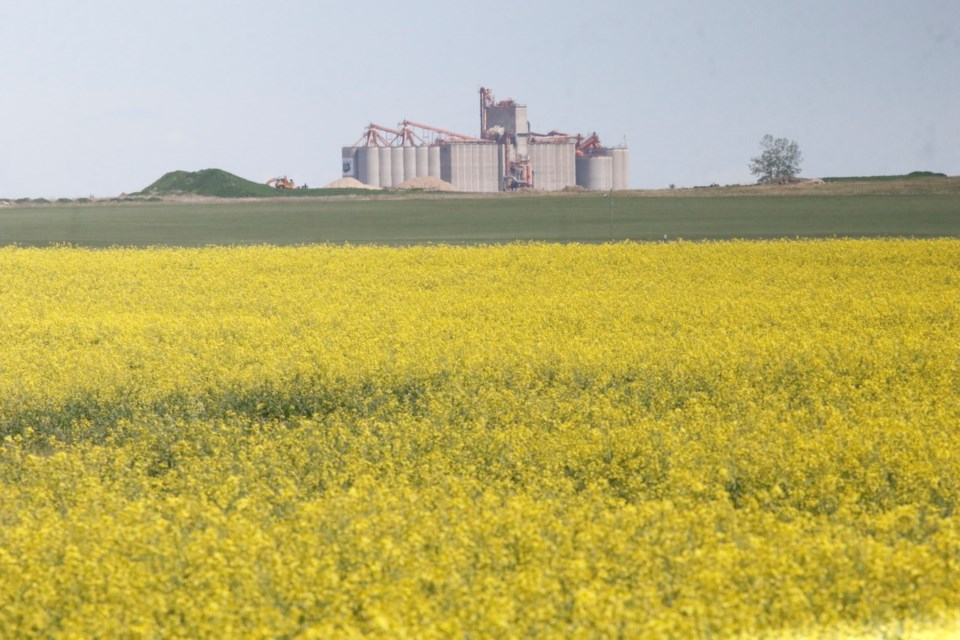Strong commodity prices have fuelled strong interest in Saskatchewan farmland and put the province at the top of the charts in terms of value growth.
The province led the West with an increase of 8.4 per cent in the first six months of 2022, according to Farm Credit Canada, which released its mid-year farmland values report Oct. 4. This compared to a national average gain of 8.1 per cent.
The growth was acceleration from the last half of 2021 as commodity prices increased on global supply concerns driven by the war in Ukraine. During the 12 months ended June 30, Saskatchewan farmland values increased 14.9 per cent. This compared to a national increase of 13.1 per cent.
“Strong farm cash receipts, buoyed by robust commodity prices, have managed to quell some of the profitability challenges from higher interest rates and farm input costs,” said J.P. Gervais, chief economist with FCC. “Producers are still making strategic investments in their operations and buying farmland, which is in short supply and high demand. This healthy farmland market is a good indication there is confidence and optimism in the future of the industry among producers.”
Earlier this year, FCC reported that Saskatchewan farmland sold for $1,000 to $5,500 an acre in 2021, with irrigated cropland in west central and southwestern Saskatchewan the most expensive at an average of $5,000 an acre.
FCC’s mid-year report doesn’t provide specific sales values, but a review of past reports indicates that the average slice of Saskatchewan farmland has nearly tripled since 2012.
The strong demand has supported other segments of the real estate market.
“Everything we’re seeing in the economy is stable to strong to very strong,” says Richard Jankowski, managing director of Colliers International in Saskatchewan. “We’re likely heading into a period of hypergrowth and demand, and that’s driven by geopolitical factors … [including] the global demand for food and energy, and food inputs such as potash. The war in Ukraine has put further pressure on the resources that come out of Saskatchewan. And that’s good news for us.”
It’s not just food grains that are in demand, but oilseeds for biodiesel. Federated Co-operatives Ltd.’s proposal for a $2 billion Integrated Agriculture Complex in Regina, undertaken in partnership with AGT Foods, will facilities producing both crushing canola and producing biodiesel. The facilities are part of six projects expanding processing capacity in the area, including Cargill’s new $350 million crush facility at the Global Transportation Hub west of Regina.
All that production requires fertilizers, and constraints on supplies coming out of Ukraine, Russia and China have prompted BHP to accelerate the launch of its new potash mine at Jansen, tipped as the largest investment in Saskatchewan history with a project cost of $12 billion.
K+S Potash Canada is also increasing output at its mine in Bethune, while Nutrien Ltd. plans to increase production by 40 per cent over 2020 levels by 2025.
Beyond Saskatchewan, the other three western provinces posted below average growth. Despite strong farmland value appreciation in the latest 12 months of 15 per cent, B.C. ranked second to Saskatchewan in the first six months of 2022 with an increase of just 6.5 per cent.
Manitoba and Alberta followed at 6 per cent and 5.9 per cent, respectively. These were the weakest increases in the country, only slightly ahead of New Brunswick and Nova Scotia.



